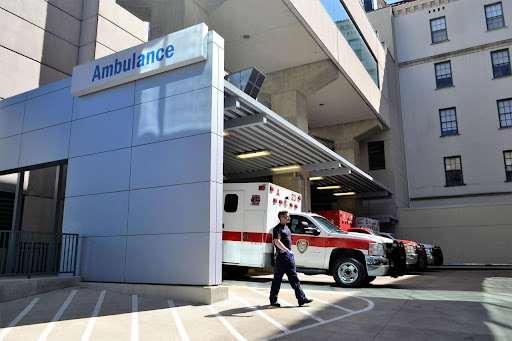For a child, an emergency room can seem like another world: bright lights, beeping machines, and adults moving quickly with serious faces. It’s no wonder so many kids feel scared or confused. But when children know what to expect, the fear starts to fade.
That’s exactly what Jimmy Goes to the Emergency Department helps them do: see the ER through the eyes of a child who has been there, felt afraid, and made it through.
Arriving at the Hospital
To a child, walking into a hospital can feel like stepping into chaos. There’s noise, movement, and people wearing uniforms that make everything seem serious. They notice how grown-ups talk in low, focused voices. Even the waiting room—with its unfamiliar chairs and medical posters—can feel intimidating.
In Jimmy Goes to the Emergency Department, those same moments are softened. Jimmy walks in with his mom, unsure but observant. Through his eyes, readers see that the person at the front desk isn’t a stranger to fear, but someone ready to help. The story gently replaces the confusion of the first impression with understanding and reassurance.
Meeting the Nurse
For most children, meeting a nurse can be a mix of curiosity and anxiety. The nurse wears gloves, carries tools, and might ask questions that feel strange. Kids often focus on the thermometer or the blood pressure cuff, unsure if these objects will hurt.
Nurse Caswell, in Jimmy’s story, helps rewrite that moment. Her smile and calm voice show Jimmy that nurses aren’t there to scare—they’re there to listen and help. She explains what she’s doing and makes sure Jimmy feels seen, not just treated. For young readers, that small act of kindness changes how they imagine nurses.
Talking to the Doctor
Doctors can seem like authority figures to children, people who know everything but don’t always explain it. Kids might fear they’ll be examined without being asked or told what’s happening. That uncertainty builds tension.
Dr. Kumar changes that narrative. In the book, he takes time to speak directly to Jimmy, explaining each step and why it matters. His calm tone turns medical language into comfort. For children reading the story, that moment teaches an invaluable lesson: doctors aren’t just “fixers”—they’re helpers who want you to understand and feel safe.
The Procedure: Bravery in Action
When something like a shot or stitches is coming, children’s fear usually peaks. The thought of pain and the sight of medical tools can trigger tears or panic. It’s one of the hardest moments for both kids and parents.
In Jimmy Goes to the Emergency Department, that fear is met with honesty and support. Jimmy is scared, and he says so, but everyone around him remains calm and encouraging. Because he’s been told what will happen and why, he finds the strength to face it.
Leaving the ER: Relief and Reflection
Most children leave the hospital exhausted but uncertain about what just happened. The memory can stick a blur of fear, pain, and unfamiliar faces. That’s why closure matters.
By the end of Jimmy’s visit, the fear gives way to pride. He realizes that the people who seemed intimidating were there to help, and that he was much braver than he thought. That emotional shift from confusion to confidence is what helps children carry positive associations with care into the future.
Jimmy Goes to the Emergency Department turns a child’s hospital experience into a story of reassurance. By showing what really happens, it helps children replace fear with understanding. Grab your copy now.




